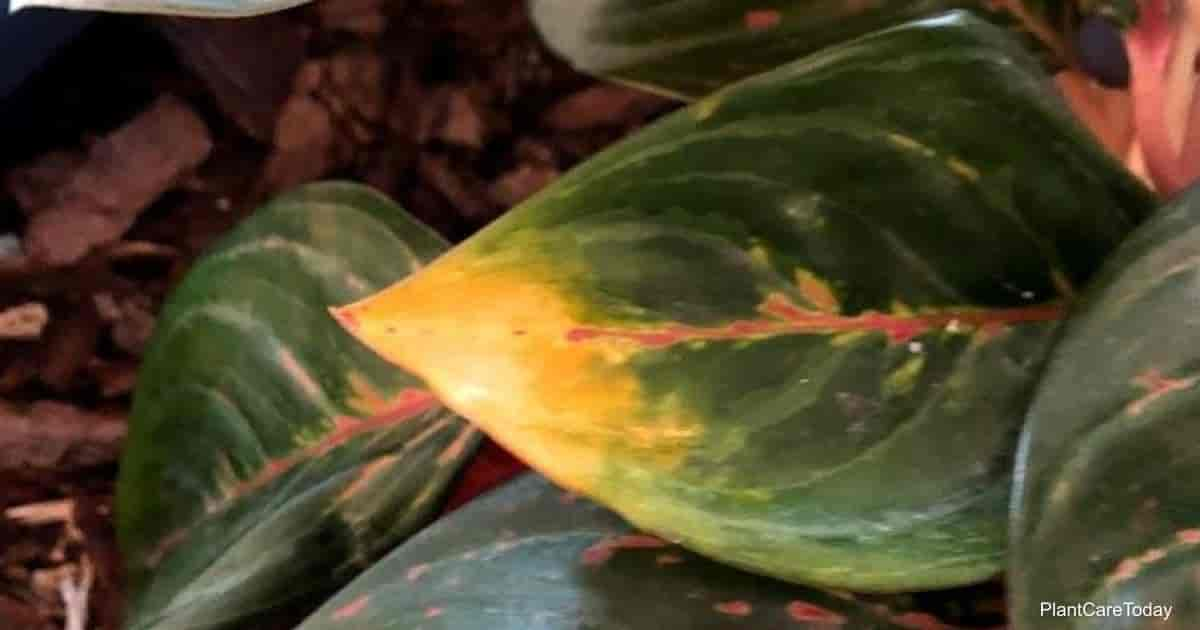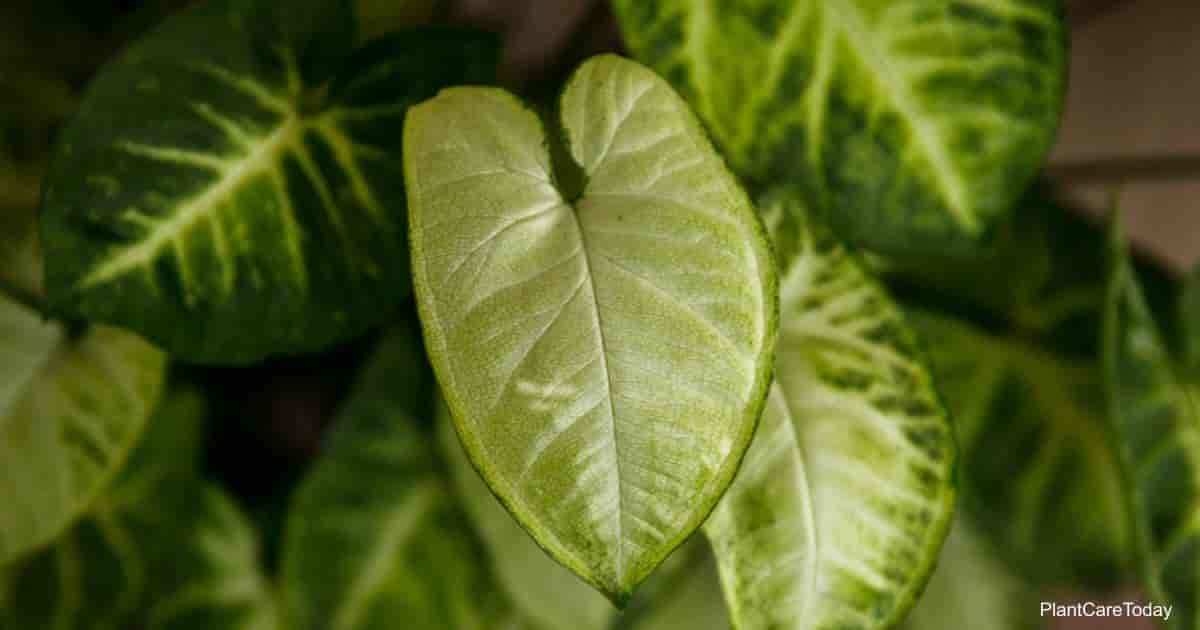The Philodendron Pink Princess has a unique look. Over the last few years it has become one of the most sought after tropical plants on the market.
The pink leaves draw the eye in fascination but plant care questions soon follow. Below we answer some of them.
Where Did The Pink Princess Originate?
There have been debates on the origins of the Pink Princess. It is my opinion it is a hybrid by Bob McColley of Bamboo Nurseries in Orlando Florida during the early 1970s.
McColley had an extensive Philodendron breeding program and produced patented hybrids such as “Prince of Orange” and “Painted Lady.”
As a young plant collector in the 1970s, I had the pleasure of meeting and getting to know Bob where we shared “plant stories” on growing and hybridizing.
How Can You Encourage More Variegation In Pink Princess?
The best way to encourage the vibrant pink colors is to provide proper lighting. Bright indirect lighting from an east or west window is good or keep the plant under a grow light.
Bright light plays an important role in encouraging the variegation of Pink Princess.
The Princess needs a lot of light but cannot take direct sun. The lighting needs to be bright. A window without direct facing sunlight in the afternoons will do best.
The pink area of a Pink Princess leaf does not have the chlorophyll needed to produce the energy the plant needs.If the environment does not have the right lighting or nutrients, plants will start reverting to a solid burgundy leaf. Why? The more burgundy color in the leaf the more energy the plant produces.
A Pink Princess in an environment with enough high light should continue to produce pink variegation.
What Does Philodendron Pink Princess Need Most – Bright Light Or Humidity?
The “Princess” needs a balance of bright indirect light and humidity.
Placing your “princess” close to a window may give it the plant too much bright light needed to produce the beautiful pink variegation in the leaves.
Also, the air closest to a window lacks the humidity the plant needs.
Bright lighting also needs a balance between moderate to moderately high indirect light.
If the location is too bright the Pink Princess will start to lose the burgundy color in the leaves and “replace” the burgundy with an olive green color and the pink variegation can begin to appear white.
If you notice a more green and white appearance it is either a sign of too much light or of a lack of nutrients.
Plants are much healthier and do better long-term with a half-and-half leaf or a leaf with much more speckling and smaller chunks of pink compared to an all pink much weaker leaf.
How Much Humidity Does Pink Princess Need?
If you see new growth getting smaller or beginning to look crinkled it is probably a sign of lack of humidity.
When trying to provide a more humid location remember the plant’s lighting requirements.
A couple several options to consider:If you have a humid patio move Pink Princess into the higher humidity location. They like humidity above 50%.
They do need 80% humidity but they thrive off of air moisture.If moving your plant is not an option mist them sparingly. If a new leaf is not beginning to unfurl there is no need to mist as the leaves themselves do not need the mist.
A new leaf to show its true beauty may need a little bit more moisture so misting can help. Don’t mist more than once a day. Once every other day is better. Pink Princess and Philodendrons are prone to some bacteria spotting.
How Can I Make All The Leaves Pink?
One of the attractions of the Pink Princess and coveted the most is a completely pink leaf.
I have some bad news!
You want a plant with balanced variegation
Unless your plant is growing in the ideal conditions this plant needs:
- A lot of bright indirect lighting
- The right amount of fertilizer
- Perfect soil moisture
The full pink leafs don’t survive long-term. The leaf does not produce enough energy for the plant to survive.
If your plant goes all pink with only one plant in the pot – enjoy the leaf for a few days and then trim the leaf off.
In the long run an all pink leaf will brown out starting first at the edges. Remove the pink leaf and wait for new growth.
I Bought My Princess Online And It Just Arrived But Doesn’t Look Good. What Should I Do Or Not Do?
Plants shipped through the mail can be hard on plants. There are a few things you should do and NOT do when your plant arrives.
Do’s
- Unpack your plant
- Remove any wrapping – paper, plastic or foam
- If the soil is dry – using a spray bottle of water give the plant a drink
- If the plant arrives bare-root – pot up the plant in a small pot using a moist, well-drained soil mix. 3 parts peat moss and 2 parts perlite is a good basic mix.
- Water the plant lightly, and place it in a location with bright indirect light.
If the plant arrives in soil do not repot for at least 3-4 weeks. Shipping is stressful on plants. Allow the plant some time to recover.
Do not fertilize for at least one month.
What Type Of Soil Should I Use For Potting My New Pink Princess In?
Pink Princess Philodendron needs a very porous, well-draining potting soil. A simple potting soil of 60% peat moss and 40% perlite is recommended by Gabriella Plants a large grower of Pink Princess. https://www.gabriellaplants.com
My Other Philodendrons and Aroids are Doing Well But Not My Pink Princess. Any Reason Why?
For starters, Pink Princess is an unusual variegated plant. Most Philodendrons grow well and make excellent houseplants. However, “Not Doing Well” doesn’t provide much information.
Start by looking at the care and growing conditions of the plant
- If your plant is relatively new give it some time to acclimate to its new home
- Make sure your Philodendron Pink Princess receives bright indirect lighting and humidity.
- Check your watering schedule – DO NOT overwater
- Has the plant been overfertilized?
- Is the plant overpotted?
- Does the plant suffer from extremes? Dry air, hot spots as the light in the room changes
For more check our Pink Princess article.
The Leaves On My Pink Princess Are Burning and Turning Brown. Why?
The cause of leaves burning and turning brown is usually from:
- Exposure to too much direct sunlight (sunburn or overheating) – keep the plant in bright indirect light
- Too much pink in the leaf does not produce the energy the plant needs.
- Exposure to cool temperature extremes
- Fertilizer burn – more often found when dry granular fertilizer is used
- Fungal Disease – usually the leaves are brown and slimy
Do not let plants fertilized with a time-release fertilizer stay dry for very long periods as salt damage can occur.
Sometimes The New Leaves On My Pink Princess Are Deformed, Small and Even Torn. What Is The Cause?
When humidity is low there are times when a leaf is unfurling it may become torn as it gets “stuck” in the sheath.
Increase the humidity around the plant. Set the plant on a tray of pebbles and water or increase the humidity with a humidifier.
My Pink Princess Is Getting Leggy. What Should I Do?
For your Pink Princess to grow best give your plant bright indirect lighting. An east, west, or north window provides the best lighting conditions.
Move a leggy plant to a location with brighter light. If possible consider taking a tip cutting to start a new Philodendron Pink Princess.
Why Are The Leaves On My Pink Princess Yellowing?
Yellowing leaves are different than brown leaves. Plants display yellow leaves and lose them usually on the lower leaves.
If the plant arrived in the mail or via FedEx or UPS, a few yellow leaves as it is acclimating is not surprising.
If a plant is recently repotted, divided, or propagated, yellow leaves are part of the process.
My Pink Princess Is Losing Its Lower Leaves Is That Normal?
As plants age and the leaves age as well, they will turn yellow and drop off – that is normal. The lower older leaves are the first to drop.
If the soil dries out you can expect the lower leaves to yellow faster and drop off.
Where Can I Learn More Details About The Pink Princess Plant?
Georgia Laurette has written – The Philodendron Pink Princess Guide where she shares the History, Care Tips, Anatomy, and More… a wonderful resource.
For more visit: https://www.georgialaurette.com/shop/pppguide
Credit:
https://plantcaretoday.com/philodendron-pink-princess-care-questons.html#where-can-i-buy-a-pink-princess







